Weathering Course
Posted
#236054
(In Topic #13028)
Full Member
The course was a two day course hosted by Tim Shackleton and supported by Mick Bonwick and, unlike the more basic courses for Airbrush Weathering and paintbrush weathering I did last year, this time it was a much more flexible approach based more on the progression of projects and personal interests. The course was designed as more of a casual open forum where we were all encouraged to progress our own work and make the most of the opportunity to discus our ideas and suggestions with all attendees and tutors.
Following the format of other courses at Pendon lunch, morning biscuits and afternoon cake were all provided as well as endless supplies of tea and coffee. There was also of course the opportunity to have a look at the amazing Pendon Layouts.
My weathering skills are still pretty basic however I am pleased to know I follow the same philosophy as the very best who strongly advocate that 80% of the work is observation of the real life item as well as understanding and being able to replicate the processes which created the weathered effect in real life.
All in all a great course with great like minded people and an opportunity to learn a few more techniques. The attached pictures are still work in progress with more layers to be added, in particular on the 2-6-2, but I'm happy they are going in the right direction.
Rather than open up the old debate of whether we should or should not be weathering our models I simply offer them as examples of my own models and my personal preferences. My layout is set at the latter end of the 1940's when rolling stock was probably in the least maintained state it has ever been in.
I can thoroughly recommend the Pendon Courses to anyone interested in improving thier modelling skills.
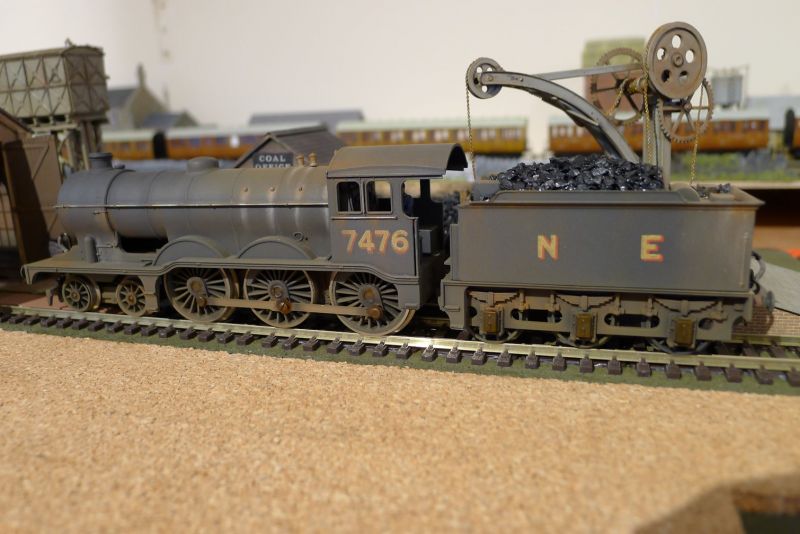
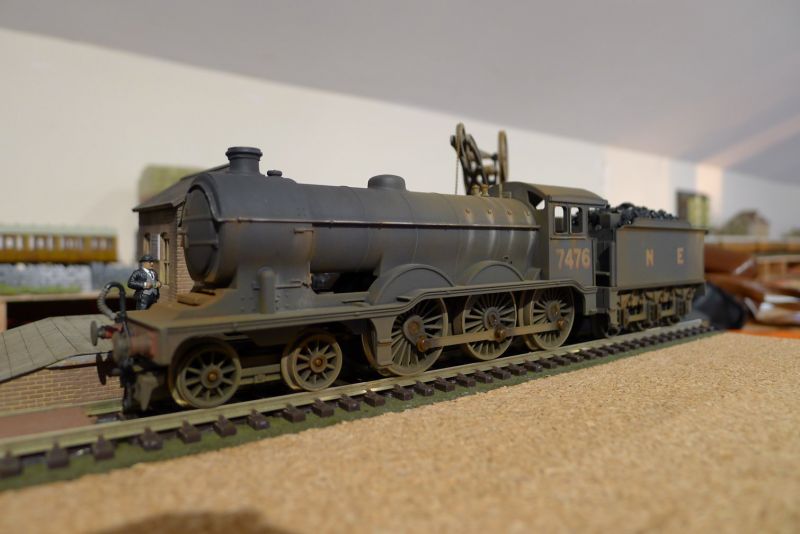
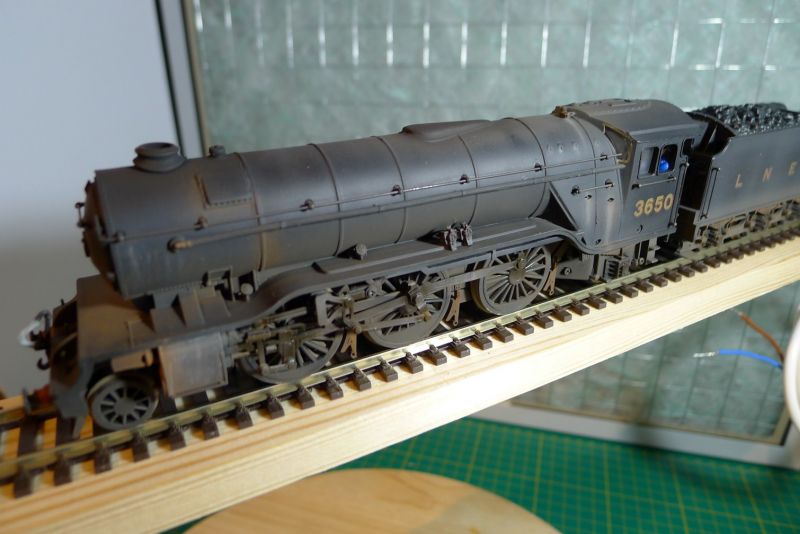
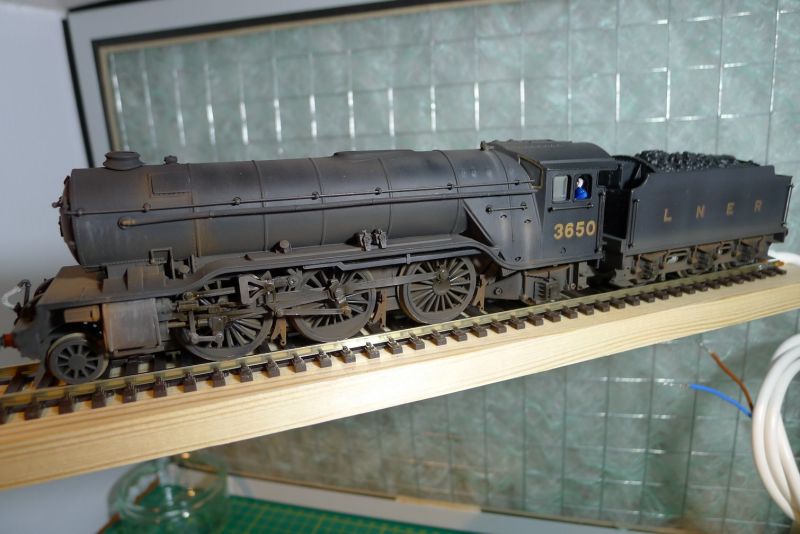
Posted
Inactive Member
They look excellent!

Max
Port Elderley
Port Elderley
Posted
Full Member
There are advantages to living where I do but unfortunately, Pendon is a long way. I'd love to go to one of their "teach-ins".
A visit to the layout is on my "to do" list.
'Petermac
Posted
Full Member
It can easily be combined with a visit to Didcot so there is plenty in the area to justify the travel.
Posted
Full Member
Posted
Full Member
Pendon duly noted as a source of weathering inspiration and education. The airbrush has yet to receive a decent workout largely because I am fairly happy wth my powder work. But there's always room to learn.
I think there are those who advocate air brush use too much and our opinions can get swayed by the factory finished weathering, which is all air brush work for speed and efficiency, and while I accept that a perfectly realistic finish can be achieved by powders on thier own I am now completely convinced that the tonal variations and textured finishes that can be achieved by mixing all possible techniques will take your weathering to a new level. I see the airbrush as a means to an end to help you apply the paint in an efficient and relatively easy manner. When you have finished you should not be able to determine how the colour has been applied and you should certainly never be able to see any airbrushed paint.
I would recommend any of Tim Shackleton's books or DVDs, particularly the projects based ones, where he goes through step by step procedures, which combine the airbrush with varous painted techniques, powders, filters, washes etc.
Posted
Full Member
Airbrush / factory weathering often seems to age to a slightly shiny finish possibly because of the fixative used. If particularly factory weathering (the even dirt-squirt) looks wrong as applied it looks worse when it takes on a slight sheen.
Powders if left unsealed can be lifted by the inevitable handling of the stock and if sealed can sometimes turn liquid and lose the required effect as the sealant is applied. In the former case there is the option to restore the weathering or to vary it. I have been known to do the latter and present locos to the same audience some months apart never looking the same twice. It's been spotted and commented upon rather favourably too. Something not many of us do, nor perhaps would choose to even consider.
Posted
Full Member
Interesting points Gwiwer makes and quite right. I do not seal pigments as the biggest challenge I have is that the colours I have tried so hard to get just right are suddenly changed! Consequently I handle them as little as possible and rely on the matt surface they are applied to to hold them securely.
As regards airbrushed paint taking on a sheen with time I have not noticed this however it might be again as a result of frequent handling 'polishing' the paint finish. The loco here was started with airbrushed enamel which was then redistributed with brushes and then washes and pigments applied over it. I try to keep handling to a minimum and when I do limit it to the buffers wherever possible.
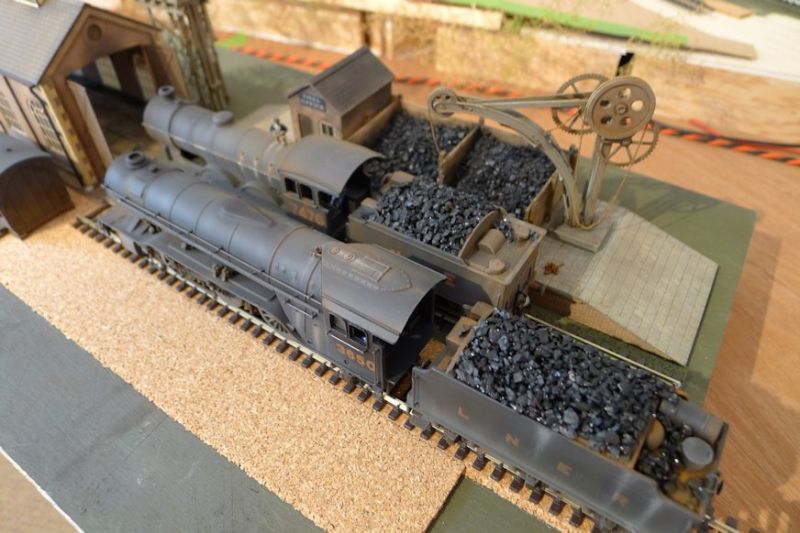
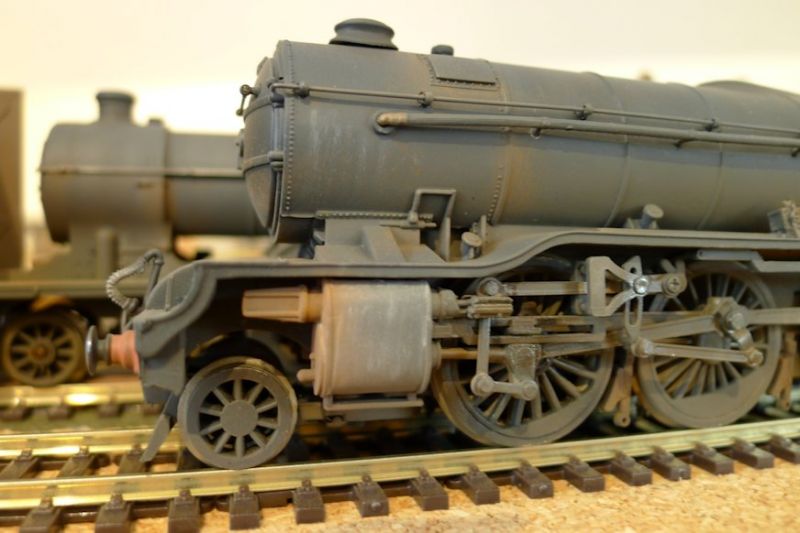
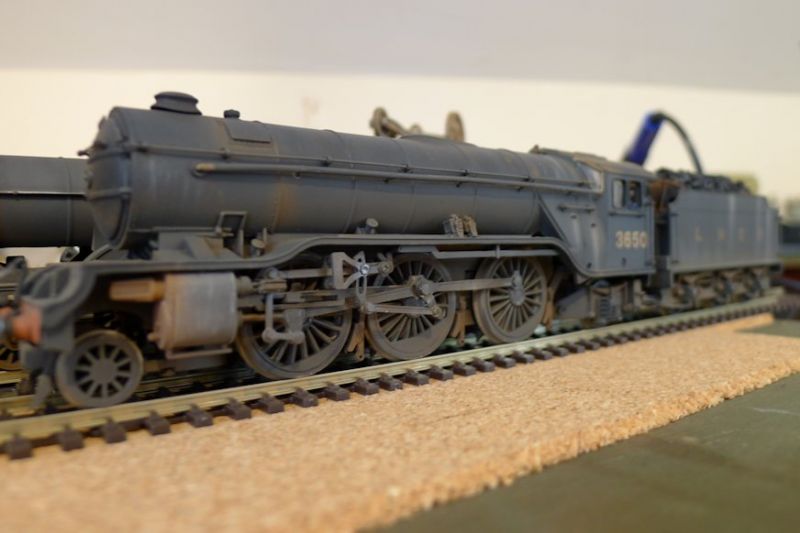
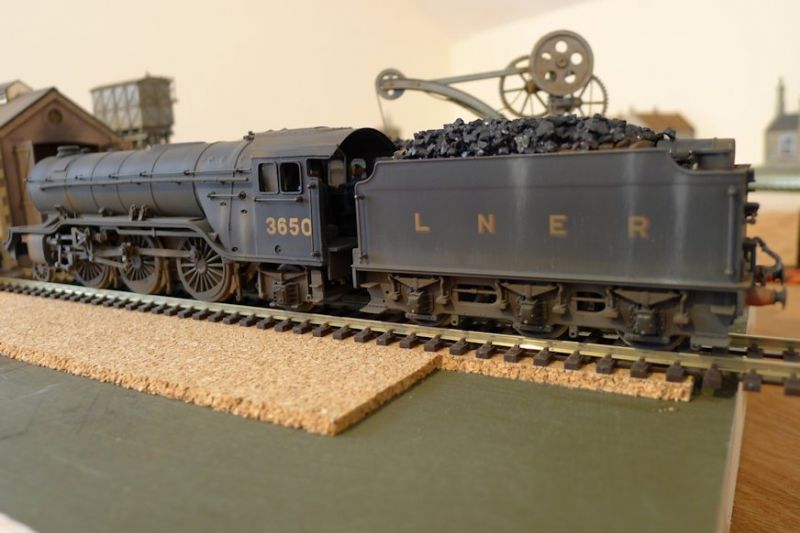
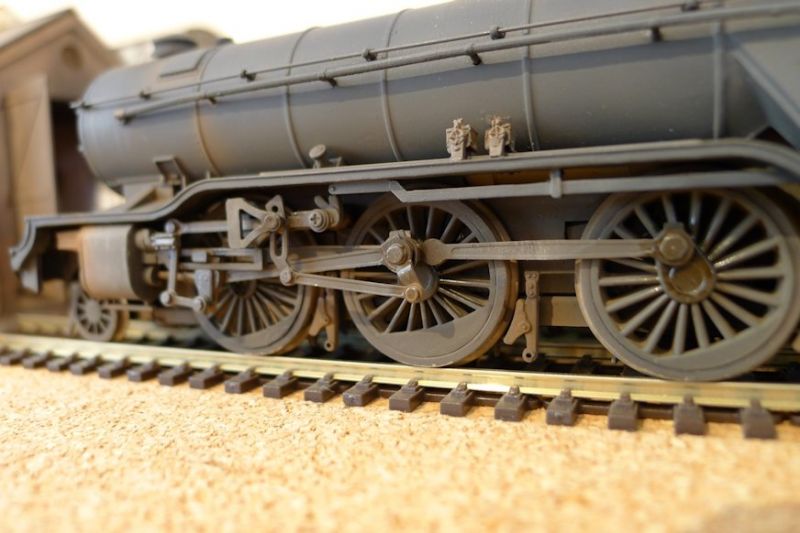
1 guest and 0 members have just viewed this.

